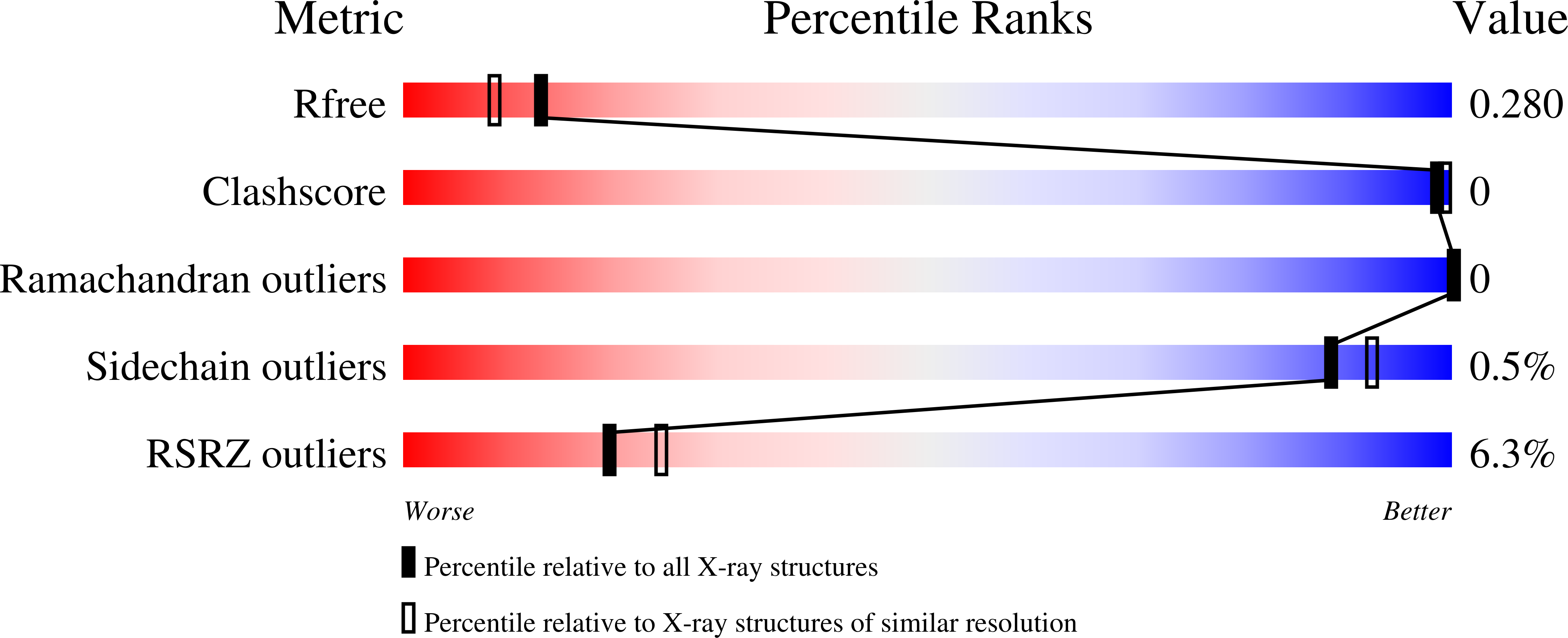
Deposition Date
2022-12-06
Release Date
2024-05-01
Last Version Date
2024-05-01
Entry Detail
PDB ID:
8BWH
Keywords:
Title:
Small molecule stabilizer for 14-3-3/ChREBP (Cmd 42)
Biological Source:
Source Organism:
Homo sapiens (Taxon ID: 9606)
Host Organism:
Method Details:
Experimental Method:
Resolution:
2.10 Å
R-Value Free:
0.26
R-Value Work:
0.21
R-Value Observed:
0.21
Space Group:
C 2 2 2


